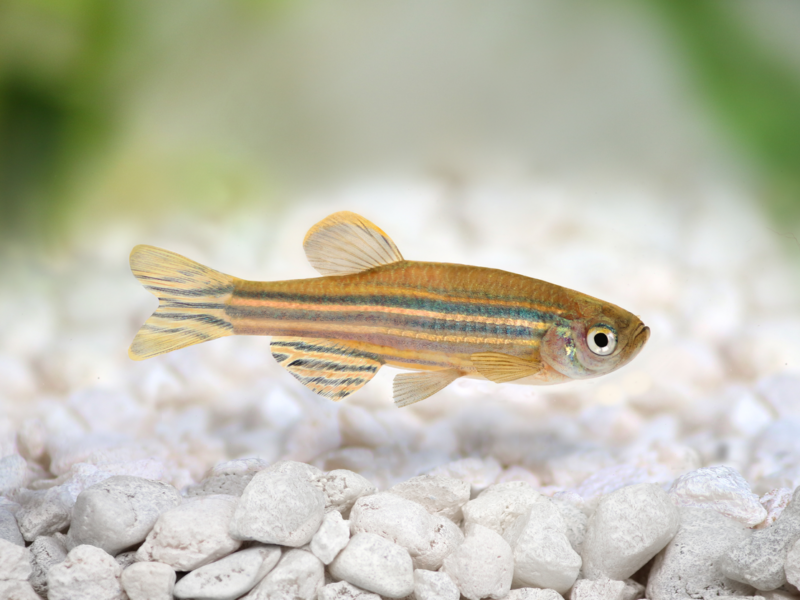Iron Deficiency and Fatigue Among Adolescents With Heavy Menstrual Bleeding
Iron Deficiency and Fatigue Among Adolescents With Heavy Menstrual Bleeding https://pediatricsnationwide.org/wp-content/uploads/2021/03/AdobeStock_56166156-1024x673.jpg 1024 673 Mary Bates, PhD Mary Bates, PhD https://secure.gravatar.com/avatar/c6233ca2b7754ab7c4c820e14eb518c8?s=96&d=mm&r=g- January 04, 2022
- Mary Bates, PhD

Both iron deficiency and fatigue are common in adolescents with heavy menstrual bleeding and may not indicate presence of a bleeding disorder.
In a new multicenter study of nearly 200 adolescents with heavy menstrual bleeding, researchers found a high prevalence of iron deficiency without concomitant anemia as well as a high prevalence of fatigue. The researchers say the results emphasize the need for systematic assessment of fatigue in adolescents with heavy menstrual bleeding.
Among adolescents with heavy menstrual bleeding, it can be challenging to determine who has a bleeding disorder. Iron deficiency is associated with heavy menstrual bleeding and bleeding disorders, and it can develop well before anemia.
In the new study, published in the American Journal of Hematology, researchers investigated whether iron deficiency without concomitant anemia is associated with bleeding disorders in adolescents with heavy menstrual bleeding. They also examined the ferritin threshold associated with fatigue in this population.
Adolescents with heavy menstrual bleeding and without an established bleeding disorder were enrolled from the Young Women’s Blood Disorders Program at the University of Texas Southwestern Medical Center in Dallas, Texas; the Young Women’s Hematology Program at Nationwide Children’s Hospital; and the Young Women’s Bleeding Disorder Clinic at Akron Children’s Hospital, Ohio.
“Our results suggest that iron deficiency is so prevalent in young women presenting to a hematology clinic for evaluation of heavy menstrual bleeding, you cannot really tease apart who may or may not have a bleeding disorder based on that,” says Sarah O’Brien, MD, a pediatric hematologist, investigator in the Center for Health Equity and Outcomes Research at the Abigail Wexner Research Institute at Nationwide Children’s, and senior author of the study.
The researchers also found that fatigue scores did not differ between iron-deficient and noniron-deficient adolescents with heavy menstrual bleeding and were similarly low in both groups.
“Iron deficiency alone can cause fatigue, headaches and decreased athletic performance. It’s important to always check ferritin as well as a blood count when looking for iron deficiency,” says Dr. O’Brien, who is also an associate professor of pediatric hematology/oncology at The Ohio State University College of Medicine. “Even in this study, where iron deficiency was so prevalent, not everyone was anemic.”
Dr. O’Brien says that the findings highlight the need to screen for iron deficiency with serum ferritin in adolescents with heavy menstrual bleeding irrespective of hemoglobin or red cell counts. The high prevalence of severe fatigue in this cohort also underscores the importance of treating iron deficiency, which is easily done with iron supplementation.
The researchers’ next step will be to study these issues in the primary care setting to learn if iron deficiency can be used to identify girls with heavy menstrual bleeding and, potentially, bleeding disorders.
“We know from our prior work that girls with heavy menstrual bleeding can initially present to a variety of locations, such as a pediatrician, gynecologist, or family medicine doctor,” says Dr. O’Brien. “It’s important to figure out ways that we can help our colleagues identify patients who may potentially need to be sent to us for evaluation for bleeding disorders.”
Dr. O’Brien says that it still takes years for women to be diagnosed with bleeding disorders.
“Delays in diagnosis for bleeding disorders occur across the board but are worse for women than men. The average diagnostic delay, the time from first bleeding to diagnosis, is 11.6 years in women — we need to do better.
“We are trying hard to do our part as pediatricians to recognize these disorders earlier, before women are bleeding after surgeries or childbirth later down the road.”
Reference:
Zia A, Stanek J, Christian-Rancy M, Savelli S, O’Brien SH. Iron deficiency and fatigue among adolescents with bleeding disorders. American Journal of Hematology. 2021 Oct 28. doi: 10.1002/ajh.26389. Epub ahead of print.
Image credit: Adobe Stock
About the author
Mary a freelance science writer and blogger based in Boston. Her favorite topics include biology, psychology, neuroscience, ecology, and animal behavior. She has a BA in Biology-Psychology with a minor in English from Skidmore College in Saratoga Springs, NY, and a PhD from Brown University, where she researched bat echolocation and bullfrog chorusing.
-
Mary Bates, PhDhttps://pediatricsnationwide.org/author/mary-bates-phd/December 27, 2016
-
Mary Bates, PhDhttps://pediatricsnationwide.org/author/mary-bates-phd/
-
Mary Bates, PhDhttps://pediatricsnationwide.org/author/mary-bates-phd/
-
Mary Bates, PhDhttps://pediatricsnationwide.org/author/mary-bates-phd/
- Posted In:
- Clinical Updates
- In Brief
- Research





